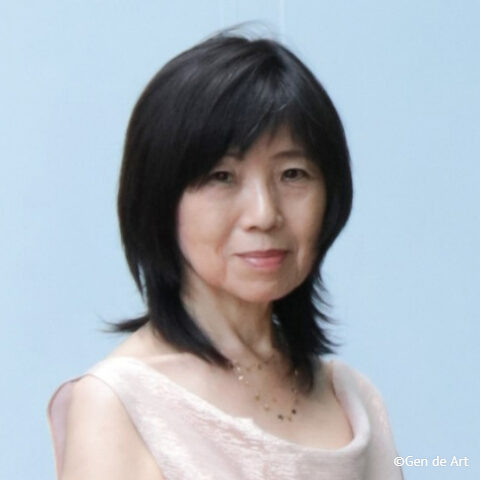IHJ Cultural
Lobby
I-House Art and Design Division, under the leadership of Director Yuko Hasegawa, is organizing discussions among experts from different fields to explore the roles culture and art can play in promoting empathy and communication and connecting today’s divided cultural, political, economic, scientific, and other domains.
Archives
#1 “Dance as the Origins of Communication”
with Juichi YAMAGIWA and Mirai MORIYAMA
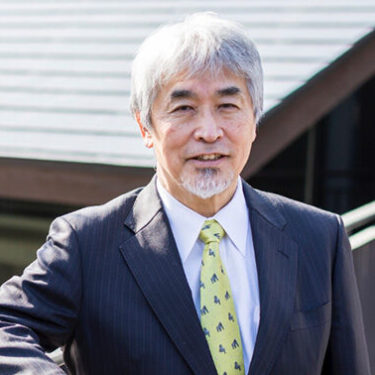
Juichi YAMAGIWA
Primatologist / Director-General of the Research Institute for Humanity
Dr. Juichi Yamagiwa, Director-General of RIHN, is a world-renowned researcher and expert in the study of primatology and human evolution. Awarded Doctor of Science from Kyoto University in 1987. After holding positions at the Karisoke Research Center, Japan Monkey Center, and Primate Research Institute Kyoto University, he has been Professor of Graduate School of Science at Kyoto University since 2002-14, Dean of Graduate School and Faculty of Science, 2011-13, 26th President of Kyoto University, 2014-20. He also served as President of International Primatological Society, 2008-12, as Editor in Chief of Primates, a quarterly peer-reviewed scientific journal of primatology published by Springer, 2010-2014. Domestically, he served as President of Japan Association of National Universities, 2017-19, the president of Science Council of Japan, 2017-20 and the member of Environmental Policy Committee of Ministry of Environment, 2002-22. He is now serving as Chairman of International Center of Kyoto Prefecture, Chairman of Kyoto Art Center, and Senior Advisor of Osaka Kansai EXPO 2025. His passion for fieldwork research frequently made him travel to some countries of Africa, where he discovered an abundance of new findings related to gorillas, through his unique viewpoint of human evolution.
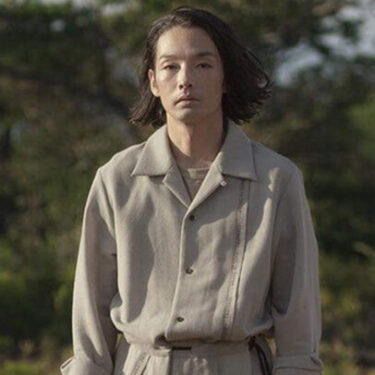
Mirai MORIYAMA
Dancer/Actor
Born in 1984, lives between Kobe and Tokyo.
Moriyama is a multidisciplinary artist who works in Japan and overseas. From a very young age, Moriyama trained in a variety of dance genres before making his stage debut in 1999. He was nominated Cultural Ambassador by the Agency for Cultural Affairs in 2013, worked with Inbal Pinto & Avshalom Pollak Dance Company for a year in Tel-Aviv, Israel and collaborated with diverse performing arts groups in European countries. Since then his activities have been focusing on “physical expression that is generated through a relationship with people, things, and places”.
As an actor he has won several Japanese film awards and as a dancer he won the 10th Japan Dance Forum prize. ”Delivery Health” and “in-side-out” are two short films he directed and were selected in the competition of Short Shorts Film Festival & Asia (2019 and 2021).
On 11 March 2021, 10 years after the Great East Japan Earthquake, Moriyama directed and dedicated to Kiyomizu-temple, a dance performance called “Re: Incarnation”. The same year he performed a solo dance at the opening ceremony of the Tokyo Olympic Games. In April 2022 he initiated a group to launch Artist in Residence KOBE(AiRK)in Kobe, Japan.
He is also a Post-Butoh dancer.
©Takeshi Miyamoto
#2 “What Is Life? What Is Intelligence? Partnering with AI to Explore a New Humanity”
with Takashi IKEGAMI, Sputniko! , and Alter 3
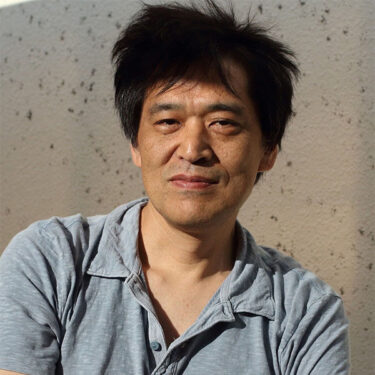
Takashi IKEGAMI
Professor of Graduate School of Interdisciplinary Information Studies, University of Tokyo
Takashi IKEGAMI is a Professor at the University of Tokyo since 2027. Dr. in Physics from the University of Tokyo (1989). After working at YITP, Kyoto University, and Kobe University, he became an Associate Professor at the University of Tokyo in 1994. His works encompass both the arts and sciences and deal with complex systems and artificial life. In 2018, he organized the ALIFE International Conference. Ikegami most frequently attended and gave the keynote address at Conf. Complex Systems in 2020, SWARM International Conference in 2019, and others. His publications include “Ugoki ga Seimei wo Tsukuru” (Seidosha, 2007), “Ningen to Kikai no Aida” (co-authored, Kodansha, 2016), and “Tsukutte Ugokasu ALIFE” (co-authored, O’Reilly Japan, 2018).
His artistic activities include Filmachine (with Keiichiro Shibuya, YCAM 2006), Mind Time Machine (YCAM, 2010), Scary Beauty (with Keiichiro Shibuya, 2018), ALTER the Android KAGURA(2020), Alternative Machine’s Snow Crash (White House, 2021), VR Reverse Destiny Bridge (Aichi, 2022).
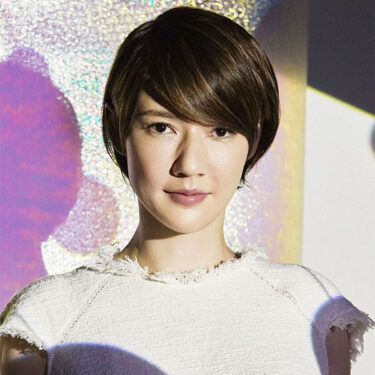
Sputniko!
Artist, Associate Professor at the Tokyo University of Arts
Sputniko! is a British/Japanese artist and speculative designer based in Tokyo. She creates film and multimedia installation works that explore the social and ethical implications of emerging technologies, especially in the themes of gender and feminism. She has recently exhibited her works in exhibitions such as the New Eden: Science Fiction Mythologies Transformed at ArtScience Museum (2023; Singapore), DXP (Digital Transformation Planet): Towards the Next Interface at 21st Century Museum of Contemporary Art, Kanazawa (2023; Kanazawa, Japan), and Myth Makers—Spectrosynthesis III at Tai Kwun Contemporary Museum (2023; Hong Kong). Sputniko! is currently an Associate Professor of Design at the
Tokyo University of Arts. From 2013 to 2017, she was an Assistant Professor at the MIT Media Lab, where she founded and directed the Design Fiction group. To date, Sputniko! has had her pieces included in the permanent collections of museums such as the Victoria & Albert Museum (London, UK), the 21st Century Museum of Contemporary Art, Kanazawa (Kanazawa, Japan), and M+ Museum (Hong Kong).
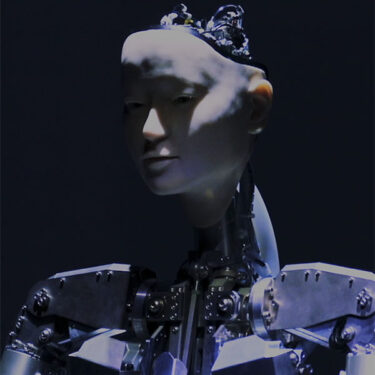
Alter 3
Android
The Alter android line was developed in 2016 in order to research not what can be done by automation, but rather how human beings would react to an autonomous robot. It is being pursued jointly with the University of Tokyo and Osaka University in order to explore fundamental questions of whether robots can obtain a sense of life, and what life itself may mean.
Alter is not intended to be an android identical in appearance to human beings. Rather, only the face, neck, and arms up to the elbows are outfitted with prosthetic skin. The other parts are exposed machinery, with forty-two actuators (a computer-controlled system using compressed air) moving like joints. These movements are not pre-programmed, but rather based on a central pattern generator (CPG), which functions like the human spinal cord, and a neutral network of 1,000 simulated neurons that fire in real-time. In addition, optical and distance sensors allow for autonomous and spontaneous movement, creating a profusion of actions based on reacting to the surrounding people and environment. This results in unexpected movements even the developers could not foresee, and the memory of these actions in turn allows Alter to continue evolving.
The name Alter comes from the concept of internal change and transformation of the android, as well as the notion of a second self, or “alter ego,” and the idea of this being an “alternative” form of expression and life.
Alter 3 is the third generation in this line. New cameras have been installed in the eyes, and the mouth is now capable of producing sound, with dynamic movement also incorporated. In addition, it comes equipped with the ALIFE Engine™, a dynamics generation engine, with the operating system and all aspects of the robot software having been developed by the Alternative Machine Inc.
#3 “Where the Digital and Physical Meet: The Search for New Materiality”
with Yasuaki KAKEHI and Terumasa IKEDA
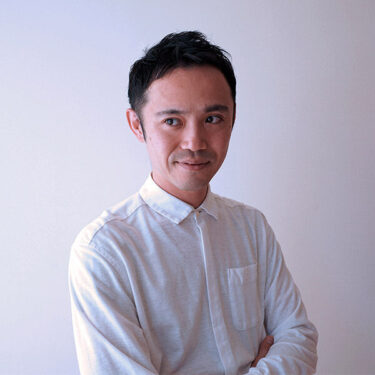
Yasuaki KAKEHI
Professor at the Graduate School of Interfaculty Initiative in Information Studies, The University of Tokyo
Yasuaki Kakehi is a Professor at the Graduate School of Interfaculty Initiative in
Information Studies, The University of Tokyo. He received PhD in Interdisciplinary
Information Studies from The University of Tokyo in 2007. From 2008 to 2018, He
had served as Lecturer, and Associate Professor consecutively at the Faculty of
Environment and Information Studies, Keio University. He also worked as a Visiting
Associate Professor at MIT Media Lab in 2015-2016. His artworks and research
have been exhibited at ACM SIGGRAPH, Ars Electronica Festival, YCAM and ICC,
and he has been taking on challenges to cross over the boundaries between
engineering, art and design.

Terumasa IKEDA
Artist
1987 Born in Chiba, Japan
2014 B.A., Kanazawa College of Art, Kanazawa
2016 M.A., Kanazawa College of Art, Kanazawa
2019 Completed Kanazawa Utatsuyama Kogei studio, Kanazawa
Pres- Established studio in Kanazawa city
Major exhibitions include Shell of Phantom Light (21st Century Museum of Contemporary Art, Kanazawa, 2023), In the Genes, Taking Marvelous Meiji Craftmanship into the Future (Mitsui Memorial Museum, 2023), POKÉMON X KOGEI Playful Encounters of Pokémon and Japanese Craft (National Crafts Museum, Ishikawa, 2023), Genreless Kogei (National Crafts Museum, Ishikawa, 2022), Twelve Hawks and Crafts in Modernizing Japan (National Crafts Museum, Ishikawa, 2022), and WAKOZEKKA —Contemporary Japanese Crafts (Panasonic Shiodome Art Museum, 2022)
#5 “Information and Culture Strategies and Architecture Towards the Future—An Asia-Pacific Perspective”
with Kengo KUMA and James KONDO
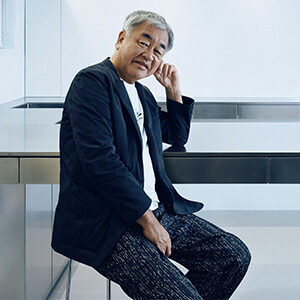
Kengo KUMA
Architect
Kengo Kuma was born in 1954. He established Kengo Kuma & Associates in 1990. He is currently a University Professor and Professor Emeritus at the University of Tokyo and a member of the Japan Art Academy after teaching at Keio University and the University of Tokyo. KKAA projects are currently underway in more than 50 countries. Kengo Kuma proposes architecture that opens up new relationships between nature, technology, and human beings. His major publications include Kengo Kuma Onomatopoeia Architecture Grounding (X-Knowledge), Nihon no Kenchiku (Architecture of Japan, Iwanami Shoten), Zen Shigoto (Kengo Kuma – the complete works, Daiwa Shobo), Ten Sen Men (Point Line Plane, Iwanami Shoten), Makeru Kenchiku (Architecture of Defeat, Iwanami Shoten), Shizen na Kenchiku (Natural Architecture, Iwanami Shinsho), Chii-sana Kenchiku (Small Architecture, Iwanami Shinsho) and many others.
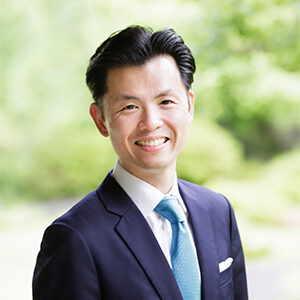
James KONDO
Chairman, International House of Japan
James Kondo is an executive in the social, technology and policy arena. He is currently Chairman of International House of Japan (I-House), an independent foundation that promotes international cooperation for a free, open, and sustainable world.
In addition, James is also Senior Advisor of OpenAI; Co-Chair of Asia Society Japan Center; and a Visiting Professor at Keio Medical School. He was previously Vice President of Growth Strategy at Twitter Inc and Chairman of Twitter Japan, having also served as Special Advisor at the Cabinet Office of the Japanese Government.
James has been selected Young Global Leader by the World Economic Forum, Yale World Fellow by Yale University, Asia 21 Fellow by Asia Society, and Richard von Weizsäcker Fellow at the Robert Bosch Academy. He was a visiting student at Brown University and is a graduate of Keio University and Harvard Business School. James currently resides in Tokyo and enjoys cooking, jazz and zen meditation.
#6 “Creative Practices within the Geopolitics of Space” Cutting-Edge Space Technologies, Politics, and Design
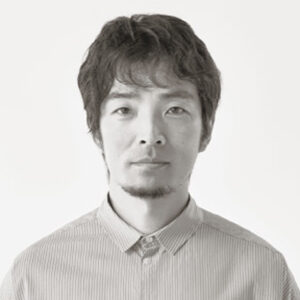
Hisato Ogata
Design Engineer and Project Director, Takram
With Takram since 2012, Hisato is a design engineer whose cross-disciplinary practice spans design, engineering, art, and science. After graduating from The University of Tokyo’s Faculty of Engineering and studying at the International academy of Media Arts and Sciences (IAMAS), he worked at LEADING EDGE DESIGN before joining Takram. Notable projects include the design concept and styling for the lunar exploration rover “HAKUTO,” art direction for NHK E-Television’s “Mimicries,” exhibition direction for “ATHLETE” at 21_21 DESIGN SIGHT, branding and experience design for SKINCARE LOUNGE by ORBIS, and exhibition direction for the Signature Pavilion “Dynamic Equilibrium of Life” at Expo 2025 Osaka, Kansai. He has served as a juror for the Good Design Award since 2015, and has recently published “Convivial Technology.” Since 2021, Hisato has been living in Miyota, Nagano, exploring the optimal balance among technology, humanity, and nature.
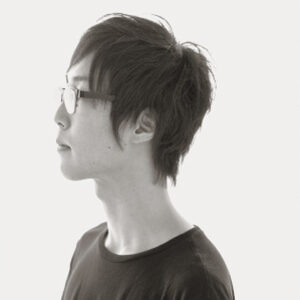
Shota Matsuda
Design Engineer and Project Director, Takram
Born in Kyoto, Japan in 1986, Shota Matsuda has worked in fields ranging from software engineering to branding and product design. Interested in letter technology, Shota was certified as a super creator in digital typography by the Exploratory IT Talent Discovery and Training Project. Graduated from Keio University, Faculty of Environment and Information Studies. Shota has a B.A. in Interdisciplinary Information Studies from the University of Tokyo and an M.A. in Computer Science from the University of Tokyo. After working as a researcher at a university and at an IT startup, he joined Takram in 2013. Major projects include the design and development of the H3 FIP flight status display system for the H3 rocket, direction of the rebranding of freee, product design for the TAMRON lens series, and awards including the Good Design Award, Red Dot Design Award, iF Design Award, and others.
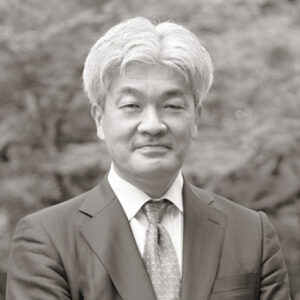
Kazuto Suzuki
Director & Group Head, The Institute of Geoeconomics (IOG)
Kazuto Suzuki is Professor of Science and Technology Policy at the Graduate School of Public Policy at the University of Tokyo, Japan. He graduated from the Department of International Relations, Ritsumeikan University, and received his Ph.D. from Sussex European Institute, University of Sussex, England. He has worked for the Fondation pour la recherche stratégique in Paris, France as an assistant researcher, as an Associate Professor at the University of Tsukuba from 2000 to 2008, and served as Professor of International Politics at Hokkaido University until 2020. He also spent one year at the School of Public and International Affairs at Princeton University from 2012 to 2013 as a visiting researcher. He served as an expert in the Panel of Experts for Iranian Sanction Committee under the United Nations Security Council from 2013 to July 2015. He has been the President of the Japan Association of International Security and Trade.

